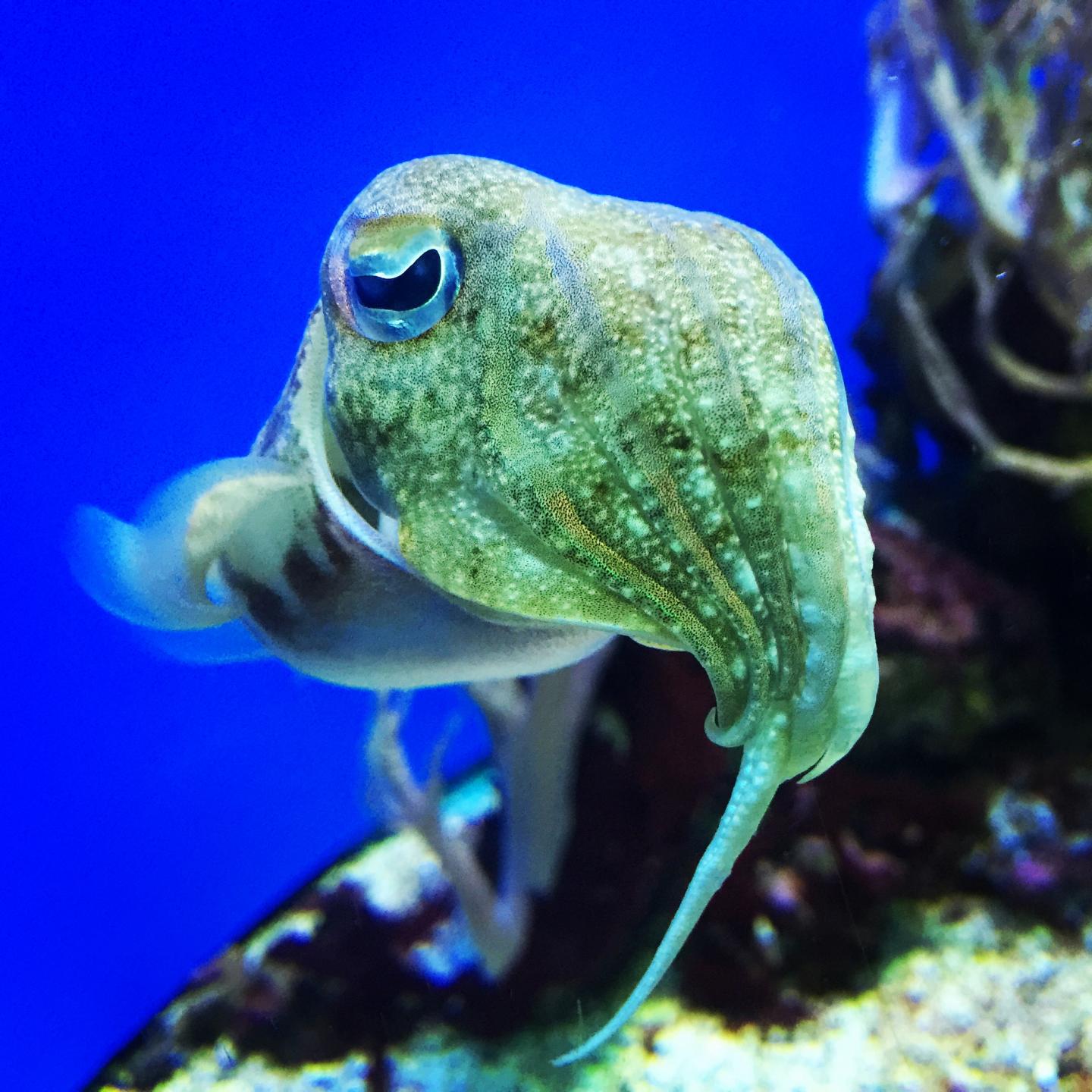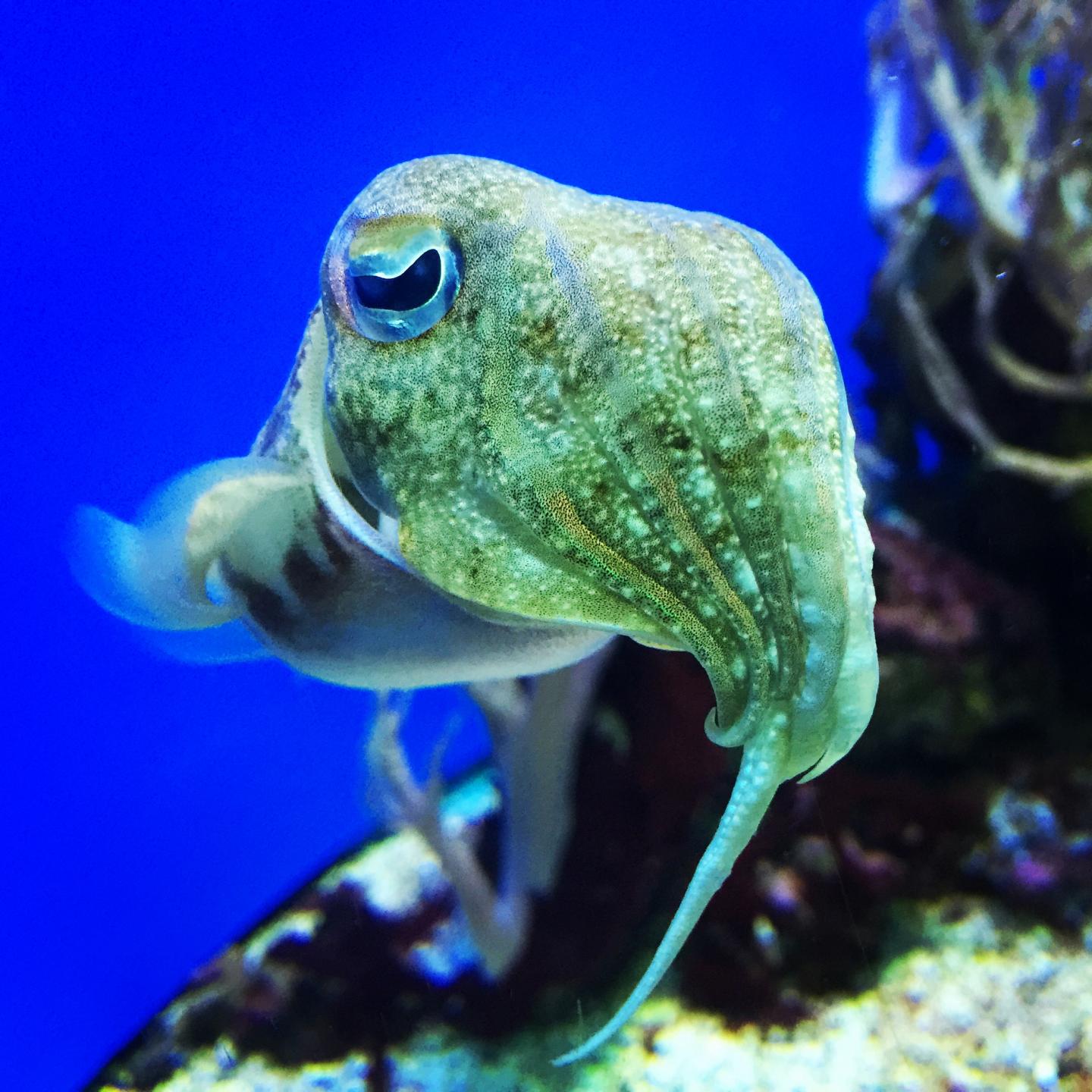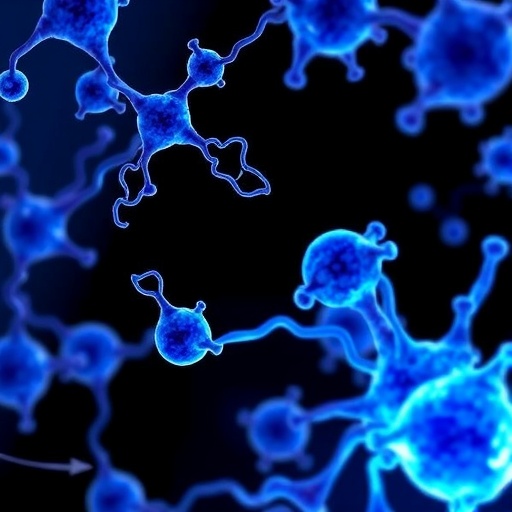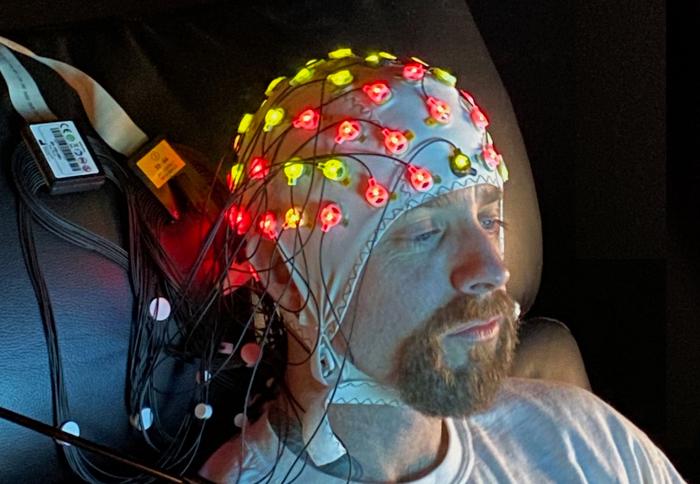
Credit: Salk Institute
LA JOLLA — (Feb. 12, 2018) A team of investigators led by Salk Professor Inder Verma has received a $1.2 million grant from the W. M. Keck Foundation to generate transparent tissues in mammals using optically unique proteins called reflectins. This work will allow researchers to make better observations and extend the capabilities of live microscopy, such as observing the brain activity of mice while they are awake.
To design these tissue techniques, the Verma lab will build upon their work harnessing the optical properties of reflectin proteins, which are found in the skin and eyes of cephalopods (octopus, squid and cuttlefish) and are central to those animals' unique camouflage and visual communication abilities.
"Recently there has been a renaissance in light microscopy driven by novel fluorescent reporter molecules and improved optical techniques," says Verma, who is the American Cancer Society Professor of Molecular Biology at Salk. "But mammalian tissues continue to be challenging to image, due to light scattering induced opacity among other issues. Taking inspiration from nature, our project aims to change that."
Mammalian tissues are dominated by the watery areas inside cells (cytoplasm) and fatty membranes that enclose cells and form their internal compartments. Because light travels at different speed in each of these materials (a measure scientists call the refractive index) they bend or scatter light, which can lead to image distortions or opacity. The key to avoiding opacity within biological materials with different refractive indexes is to reduce that difference.
"Think of a cloud," says Gerald Pao, a Salk staff scientist who, along with Verma, will be leading the research effort. "In the air, fog is opaque, but fill the space between the suspended water droplets in the air with water and it becomes transparent. That's because there is no difference in refractive index."
The Salk team wants to infuse cells' cytoplasm and any spaces between membranes with reflectin evenly, where the proteins will serve as a bridge between cellular components with different refractive indexes, making the tissues more transparent.
Using genetic and molecular tools, the group has been able to express three different reflectin proteins in mammalian cells in culture, effectively manipulating the refractive index in living organisms. This nontoxic method is different from other tissue transparency techniques, which are often deadly to cells, but has yet to achieve complete tissue transparency. One way to achieve complete transparency may depend on identifying other versions of reflectin from different species.
The Keck grant will enable the Salk team to develop these methods and eventually make their use in live mammals possible.
Adds Verma, who holds the Irwin and Joan Jacobs Chair in Exemplary Life Science, "Imagine how much more easily we will be able to spot cancer or other kinds of damage if cells are less of a black box and more of a transparent one."
###
Junko Ogawa, a senior postdoctoral fellow, and Nina Tonnu, a research assistant, both in the Verma lab, will also participate in this project.
About the Salk Institute for Biological Studies:
Every cure has a starting point. The Salk Institute embodies Jonas Salk's mission to dare to make dreams into reality. Its internationally renowned and award-winning scientists explore the very foundations of life, seeking new understandings in neuroscience, genetics, immunology, plant biology and more. The Institute is an independent nonprofit organization and architectural landmark: small by choice, intimate by nature and fearless in the face of any challenge. Be it cancer or Alzheimer's, aging or diabetes, Salk is where cures begin. Learn more at: salk.edu.
About the W. M. Keck Foundation:
"Based in Los Angeles, the W. M. Keck Foundation was established in 1954 by the late W. M. Keck, founder of the Superior Oil Company. The Foundation's grant making is focused primarily on pioneering efforts in the areas of medical, science and engineering research. The Foundation also maintains an undergraduate education program that promotes distinctive learning and research experiences for students in the sciences and in the liberal arts, and a Southern California Grant Program that provides support for the Los Angeles community, with a special emphasis on children and youth from low-income families, special needs populations and safety-net services. For more information, please visit http://www. wmkeck.org."
Media Contact
Salk Communications
[email protected]
858-453-4100
@salkinstitute
Home
Original Source
https://www.salk.edu/news-release/salk-scientist-receives-1-2-million-grant-keck-foundation-develop-transparent-tissues-diagnostics-therapeutics/






